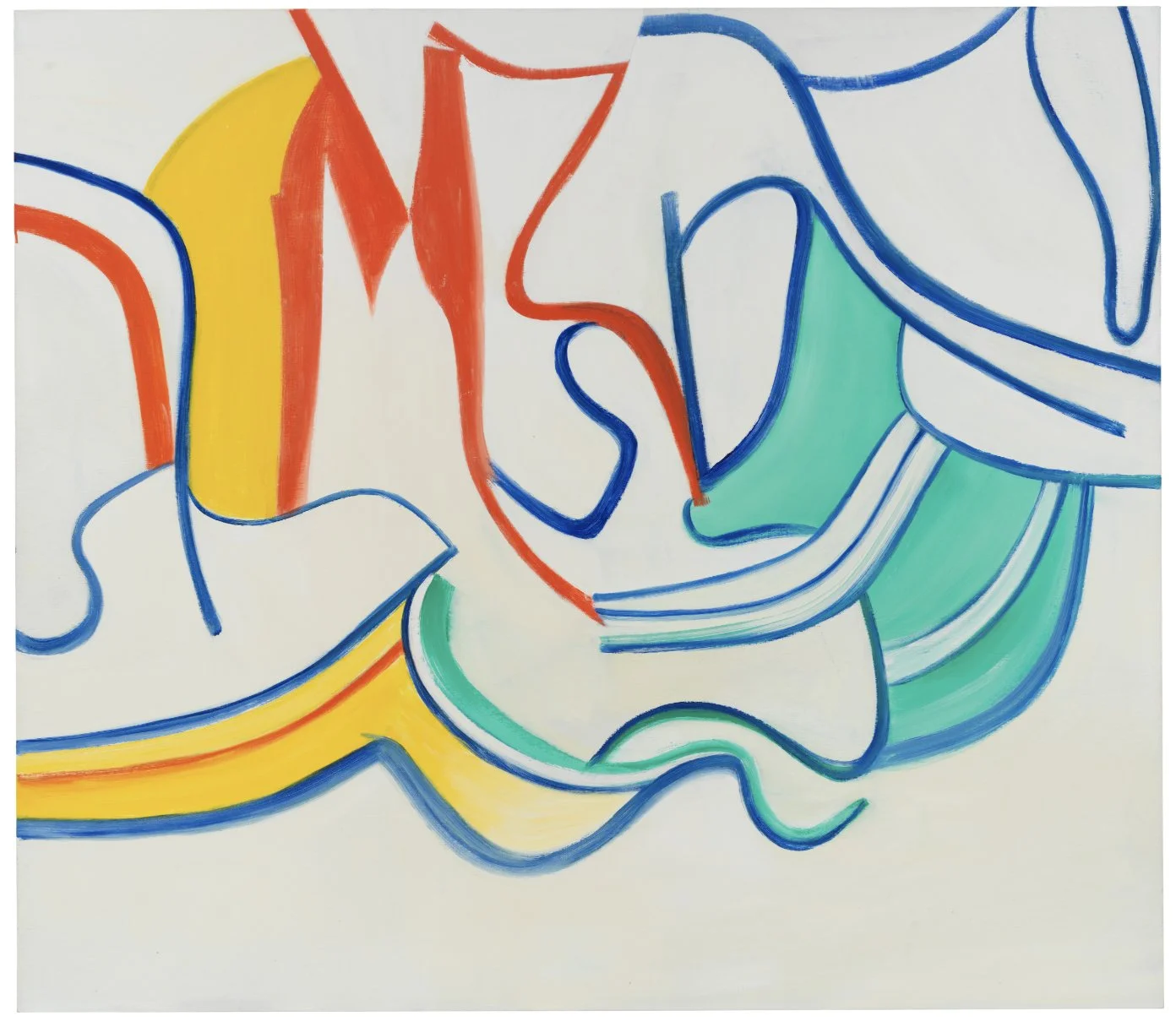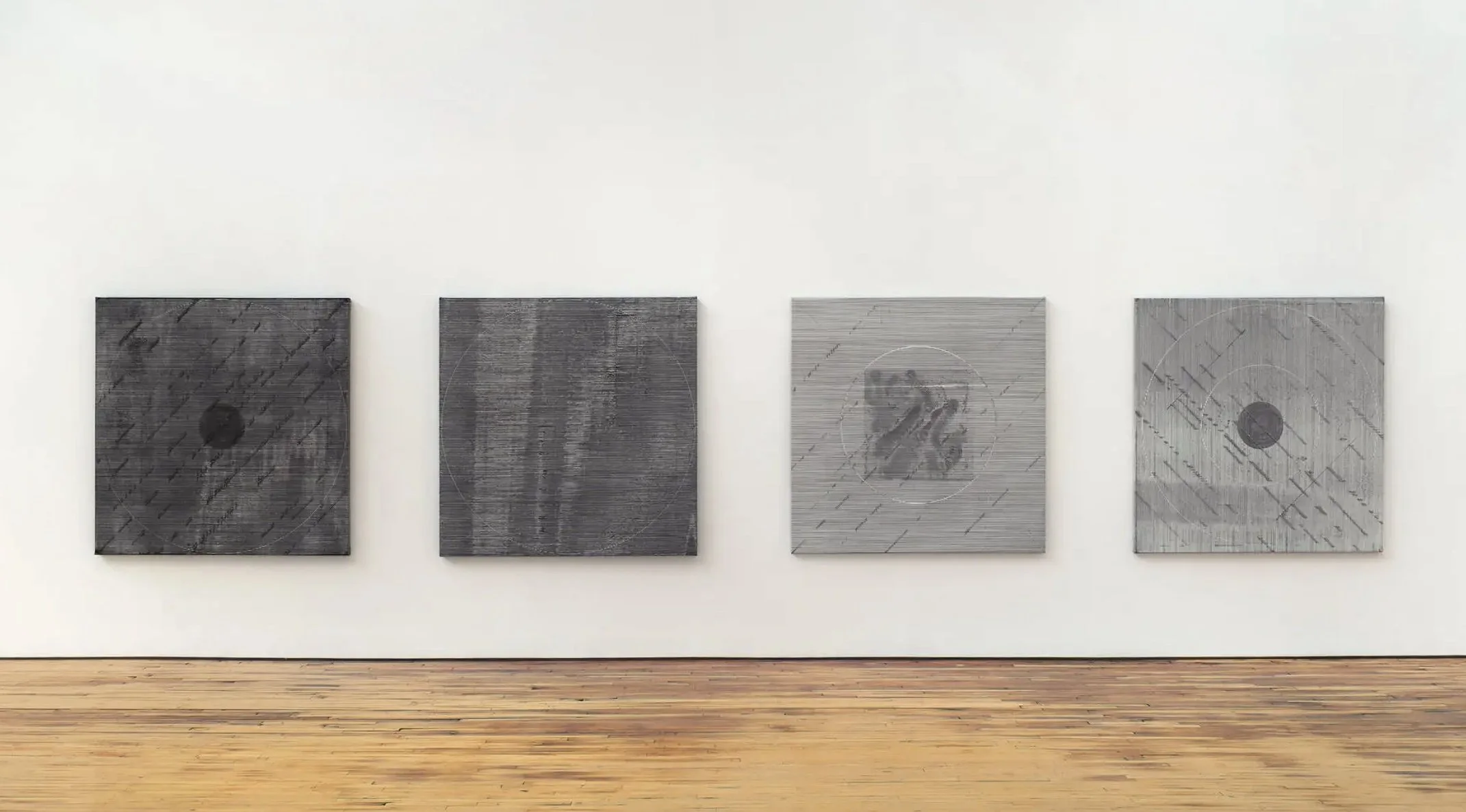The painting’s frozen, dark stillness leaves us forever anticipating what may emerge from the night.
FEATURED
When I saw “The Enamored Mage” in person I was completely transfixed. Painted with heavy impasto, the protrusions of paint gush out of the surface, some following the image, some swelling under it.
Antonio López García's painting of a bathroom fixture imprinted itself in my art-schooled heart, and all these years later, its mark hasn't faded.
RECENT
The painting’s frozen, dark stillness leaves us forever anticipating what may emerge from the night.
Sometimes Wong’s figures read as self-portraits of past selves and other times as variants on a type. They split and haunt each other.
It doesn’t take much to see de Kooning’s drawing practice as a kind of writing—his own graffiti ‘throwie’ made of letterforms, shorthand, and asemic writing.
These paintings have a sonic effect... They hum with a kind of white noise.
I recognized it right away as a kind of sacred object. Progenitor is a powerful piece that feels at once ancient and technological.
The subject of penitence… became an excuse to paint the very flesh of the world.
Fontana’s work feels perfect in its contradictions: Wanting to be pure and then destroying that purity.
“The figure seems to emerge holographically from the surface like a lost energetic god in a desert of hermetically sealed domesticity.”
Neel’s paintings are a guide to reading through paint. She employs color like a true tetrachromat.












Overall there was chaos in his figure, strokes sometimes lining up with the form, and sometimes going against the logic of the body.